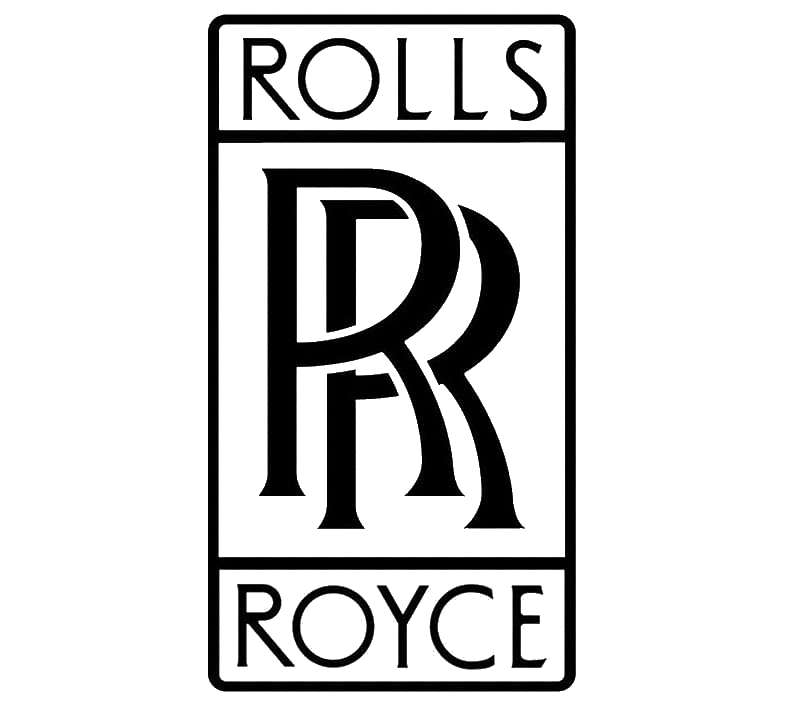.
History Curtiss Wright Curtiss A-12 Shrike

The Curtiss A-12 Shrike was the United States Army Air Corps' second monoplane ground-attack aircraft, and its main attack aircraft through most of the 1930s. It was based on the A-8, but had a radial engine instead of the A-8's inline, water-cooled engine, as well as other changes.
The Model 60 was developed from advancements of the A-8 and the experimental YA-10. However, it became obsolete after a short use period, mainly because of fast-improving aviation technology, as well as the USAAC's desire for multi-engined attack aircraft. The most obvious difference between the A-12 and the A-8 is the air-cooled, radial engine in the A-12, which replaced the A-8's inline, water-cooled engine. This was a response to the USAAC's move toward a preference for radial engines, especially in attack aircraft. The rationale behind this preference is that the radial engine has a lower profile, making it less vulnerable to ground fire, and a simpler cooling mechanism, which is also less prone to groundfire, as well as overall maintenance problems.
These aircraft retained the open cockpit introduced in the A-8 production batch, and carried the same weapons load. In an attempt to improve pilot/observer co-operation, the rear cockpit was moved forward sufficiently for its glazed covering to form a continuation of the fuselage decking behind the pilot's cockpit. Nine USAAF A-12s were still in service at Hickam Field on 7 December 1941, but they saw no combat. Serial numbers: 33-212/257
0
KmCeiling
0
KmCombat RANGE
0
Km/hAircraft Speed
0
Max Crew
Photo Gallery
Curtiss Wright
Curtiss A-12 Shrike
Manufacturer Curtiss
Introduction 1933 Retired 1942


Curtiss Wright
Curtiss A-12 Shrike
Manufacturer Curtiss
Introduction 1933
Retired 1942
General Info
-
-
- Crew: 2
- Length: 32 ft 3 in (9.83 m)
- Wingspan: 44 ft 0 in (13.41 m)
- Height: 9 ft 0 in (2.74 m)
- Wing area: 284 sq ft (26.4 m2)
-
Powerplant
-
-
- Empty weight: (1,768 kg)
- Gross weight: (2,611 kg)
- Powerplant: × Wright R-1820-21 Cyclone 9-cylinder air-cooled radial piston engine, 690 hp (510 kW)
- Propellers: 3-bladed fixed-pitch propeller
-
Performance
- Maximum speed: 177 mph (285 km/h
- Cruise speed: 150 mph (240 km/h,
- Range: 520 mi (840 km, 450 nmi)
- Service ceiling: 15,150 ft (4,620 m)
- Rate of climb: 1,170 ft/min (5.9 m/s))
Armament
- Guns:
-
- 4 × forward-firing 0.30 in (7.62 mm) M1919 Browning machine guns mounted in the wheel fairings
- 1 × 0.30 in (7.62 mm) machine gun mounted in the observer's cockpit for rear defense
- Bombs: Up to 4 × 122 lb (55 kg) bombs carried under the wings or up to 10 × 30 lb (14 kg) fragmentation bombs in fuselage chutes either side of the main fuel tank
.
Links to Youtube & Others
The MB-339 was developed during the 1970s in response to an Italian Air Force requirement that sought a replacement for the service's existing fleet of Aermacchi MB-326s.
Curtiss Wright
Curtiss A-12 Shrike
An Aermacchi MB-339 jet had just taken off in formation to head to Vercelli, where it should have perform an aerial exhibition.
Youtube Link
Learn all about the Aermacchi MB-339 with Curator of Aviation Eric Boehm.












